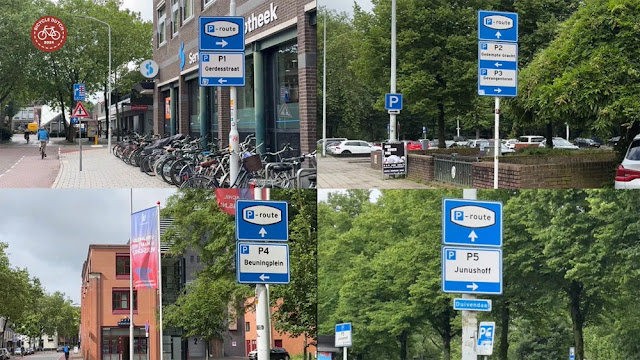I’ve never been here before—on a bike.
So exclaimed “Sam,” my new neighbor and riding buddy when we stopped at City Island during our first ride together. I heard it a few more times the other day, after we pedaled the length of Manhattan on the Hudson River bike lane and looped past the Staten Island Ferry terminal and South Street Seaport to the Williamsburg Bridge.
“I’ve never crossed this on bike!”
He also rode “Hipster Hook”—the waterfront of Williamsburg and Greenpoint for the first time. In fact, our ride was his first into Brooklyn and Queens.
He apologizes for riding a pace slower than mind. I don’t mind, I assure him. He, who has asthma, is riding, and that is good. So what if we need to stop so he can use his inhaler?
More than anything, I enjoy his company: Let’s say that he’s lived a life vastly different from mine and therefore sees things in a way I never could. Plus, I love seeing him experience those “firsts” on a bike.
I suspect that if we do some of the same rides again, that sense of discovery won’t disappear: He will change as a rider as, I believe, we all do. Besides, I can take a ride I’ve done dozens, or even hundreds, of times and experience something new or anew, whether in my surroundings or my body, or the bike itself—whether I’m by myself or pedaling with a new riding buddy.




